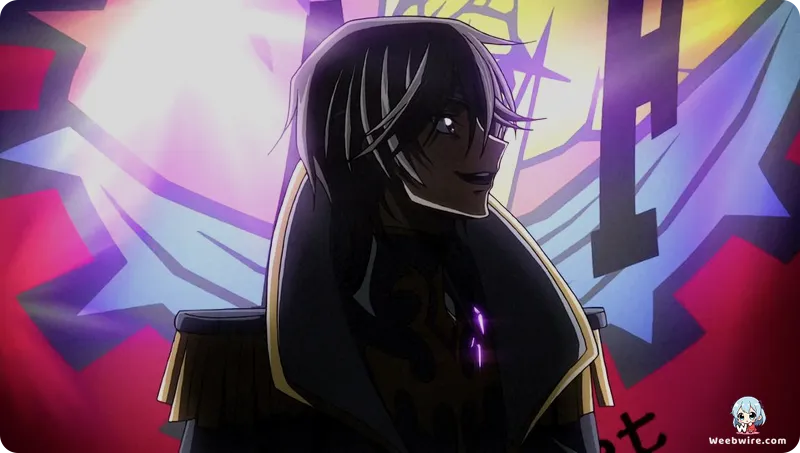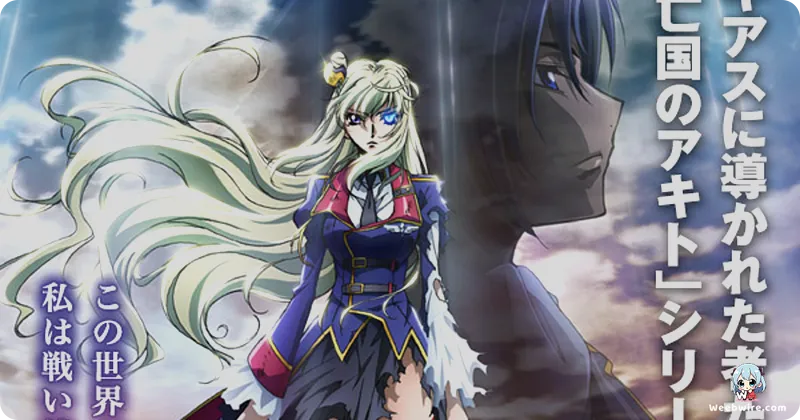The Forgotten War: How Akito the Exiled Redefined Code Geass Lore with Psychological Horror and Shocking Cameos

While the geopolitical machinations of Lelouch vi Britannia often dominate discussions of the Code Geass universe, an essential, yet frequently understated, chapter fills the crucial narrative void between the first and second seasons: the five-part OVA series, Code Geass: Akito the Exiled. Later consolidated into the feature film Memories of Hatred, this European-focused side story introduced lore expansions and startling production trivia that fundamentally set it apart from its parent series.
A Distinct Artistic Vision and Darker Tone
The most significant divergence was the transition in leadership. Director Gorō Taniguchi stepped aside, allowing Kazuki Akane, celebrated for his tenure on The Vision of Escaflowne, to establish a profoundly distinct artistic vision. Akane steered Akito the Exiled toward a much grittier, psychologically intense landscape. Instead of balancing grand political strategy with slice-of-life elements, the OVA series plunges into existential horror and the deep-seated trauma experienced by the W-0 unit members, particularly Akito Hyuga and Leila Malcal. This focused, darker lens successfully transformed the spin-off into a high-concept war drama operating within the established Geass framework.

Expanding the Global Conflict
Furthermore, the setting provided a vital global perspective previously unseen. The main storyline centered on Britannia and occupied Japan (Area 11), but Akito the Exiled dramatically shifted focus to the struggling European Union (EU). This backdrop painted a desperate picture of the EU's decentralized forces battling the technologically superior Britannian military on the Eastern European front. The narrative highlighted the tragic reliance on expendable, specialized units the W-0 composed primarily of Euro-Japanese refugees, often dubbed 'witches' or 'ghosts' for their reckless fighting style.
The Alexander Knightmare Frame
Visually, the series broke new ground with its mecha design. Moving away from the strategic, tank-like Knightmares such as the Sutherland and Lancelot, mecha designer Jun'ichi Akutsu introduced the Alexander. These unique machines, utilized by the W-0 unit, boasted insectoid aesthetics, multiple limbs, and extreme agility, including an 'Insector Mode.' This radical design choice perfectly mirrored the EU front's emphasis on rapid guerrilla tactics and urban skirmishes over the grand, open-field formations typical of the Pacific theater.
Canonical Appearances and Timeline Context
For long-time fans, the most compelling revelations involve the limited but pivotal appearances of core characters. Akito the Exiled provides the only canonical glimpse of Lelouch vi Britannia operating outside his Zero persona during this timeline gap. He emerges as Julius Kingsley, a chillingly effective, manipulative military advisor under the control of Emperor Charles zi Britannia and V.V., a stark, emotionless contrast to the protagonist fans adore. C.C. also appears alongside Kingsley, offering crucial context for Lelouch's memory manipulation and subsequent re-emergence in R2.
Finally, the four-year production schedule, spanning from the first OVA in 2012 to the final installment in 2016, proved challenging for maintaining audience momentum. This logistical hurdle necessitated the creation of the 2015 compilation film, Memories of Hatred, ensuring the ambitious, complex narrative could be experienced coherently, solidifying Akito the Exiled's status as a challenging yet indispensable component of the Code Geass legacy.
Credits
Code Geass: Akito the Exiled
Author
Ichirō Ōkouchi (Original Story/Screenplay)
Cover Art
CLAMP (Original Character Design)
Studio
Sunrise
Publisher
Kadokawa Shoten
Producers





